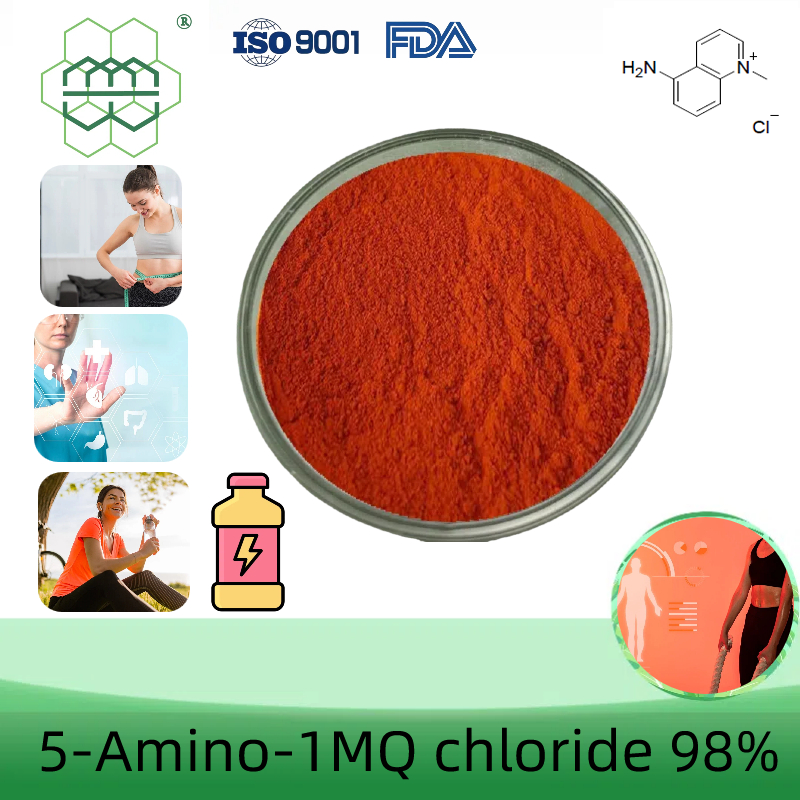-
Categories
-
Pharmaceutical Intermediates
-
Active Pharmaceutical Ingredients
-
Food Additives
- Industrial Coatings
- Agrochemicals
- Dyes and Pigments
- Surfactant
- Flavors and Fragrances
- Chemical Reagents
- Catalyst and Auxiliary
- Natural Products
- Inorganic Chemistry
-
Organic Chemistry
-
Biochemical Engineering
- Analytical Chemistry
-
Cosmetic Ingredient
- Water Treatment Chemical
-
Pharmaceutical Intermediates
Promotion
ECHEMI Mall
Wholesale
Weekly Price
Exhibition
News
-
Trade Service
Recently, the aquatic microbiology and feed team of the Feed Research Institute of the Chinese Academy of Agricultural Sciences revealed the effects
of dietary addition of Cetetaceus zossii fermentation products on the growth performance, liver enzyme activity and intestinal health of carp.
The findings were published in Aquaculture Reports
.
of dietary addition of Cetetaceus zossii fermentation products on the growth performance, liver enzyme activity and intestinal health of carp.
The findings were published in Aquaculture Reports
.
In recent years, under the intensive and high-density aquaculture model, how to ensure the health of fish has been the focus
of attention.
At present, fish farming mainly promotes fish growth by adding probiotics, improving intestinal health and immune function, etc.
to enhance fish health
.
Cetobacteriumsomerae is a highly abundant indigenous bacterium in the intestinal flora
of many fish.
The team's previous study found that the addition of Cetetaceus zossii fermentation products to carp diets can alleviate liver and intestinal damage caused by the addition of plant protein in carp, but the effect of adding Cetacean Sossius fermentation products alone to carp diets is still unclear
.
of attention.
At present, fish farming mainly promotes fish growth by adding probiotics, improving intestinal health and immune function, etc.
to enhance fish health
.
Cetobacteriumsomerae is a highly abundant indigenous bacterium in the intestinal flora
of many fish.
The team's previous study found that the addition of Cetetaceus zossii fermentation products to carp diets can alleviate liver and intestinal damage caused by the addition of plant protein in carp, but the effect of adding Cetacean Sossius fermentation products alone to carp diets is still unclear
.
Researchers recently fed different doses of Cetacean zossii fermentation products (2 g/kg, 3 g/kg, 4 g/kg, 5g/kg) to carp for 8 weeks, and found that they could effectively promote carp intestinal and liver health and reduce liver fat, among which 3g/kg was the best
.
Experiments have shown that feeding Cetaceans zossii fermentation products is beneficial to carp health, indicating that it can be directly used as a functional feed additive in aquaculture
.
.
Experiments have shown that feeding Cetaceans zossii fermentation products is beneficial to carp health, indicating that it can be directly used as a functional feed additive in aquaculture
.
The research was supported by the National Key Research and Development Program of China and the National Natural Science Foundation of China
.
.
Original link: https://doi.
org/10.
1016/j.
aqrep.
2022.
101046.
org/10.
1016/j.
aqrep.
2022.
101046.







